Top 10 Easy Vegetables to Grow in Your Garden
Updated: Oct. 24, 2023
Harvest food from your garden with these easy vegetables to grow. From tomatoes to peas, make this the year you finally get growing!
While a veggie garden isn’t a plant-it-and-forget-it endeavor, you can decrease the amount of time and work needed by picking the right vegetables from the beginning. Good planning will help you figure out how much space and time you can devote to your garden and what types of vegetables you should grow. If you’re new to vegetable gardening, start small. As long as your chosen area receives at least eight hours of sunlight a day, a manageable 4 x 8-foot bed is big enough for an initial plot. If an in-ground garden seems daunting, remember that you can also grow most veggies in containers. Just stick with these top 10 easy vegetables to grow.
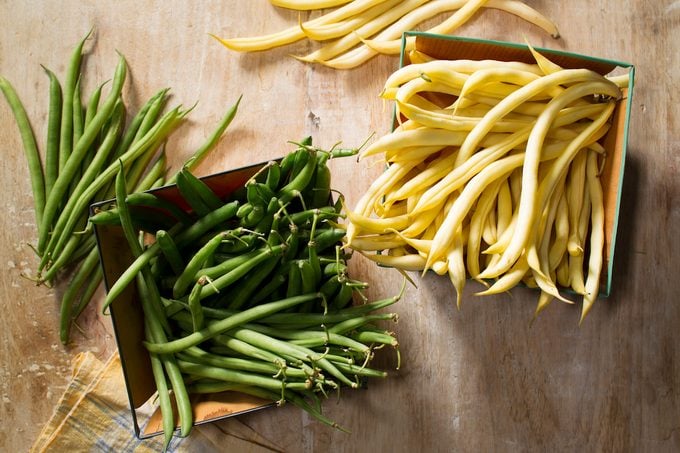
Bush Beans
For new gardeners, it doesn’t get easier than bush beans. Find a sunny spot with decent soil, press the seeds about an inch into the ground and presto! Within days, you’ll have seedlings. Bush beans are ready about 50 days from seeding. Green pods are the norm, but I’m a sucker for yellow and purple varieties, too. Sow together for a rainbow of color!
Growing Tip: For a constant supply of homegrown beans, sow a new row of seeds every two to three weeks, starting in late spring.
Need to save space? Here’s how to grow a vertical vegetable garden.
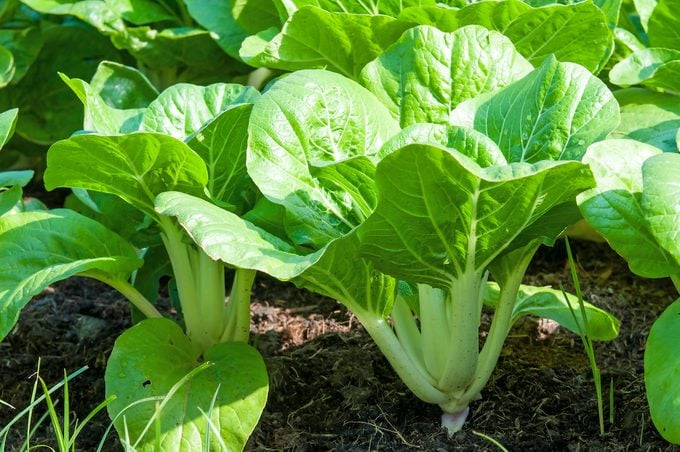
Asian Greens
Popular at gourmet restaurants, most Asian greens are ready to harvest in just 30 days. To grow, sow foot-wide bands of seed as soon as you can prepare the soil in early spring, and continue to plant fresh seed every few weeks for a nonstop salad garden. Best bets include varieties of mustard, mizuna, bok choy and tatsoi.
Growing Tip: Most greens will thrive in the cooler temperatures of spring and fall. A little afternoon shade will extend their harvest into warmer months.
These are the best fast-growing vegetables you can harvest quickly.
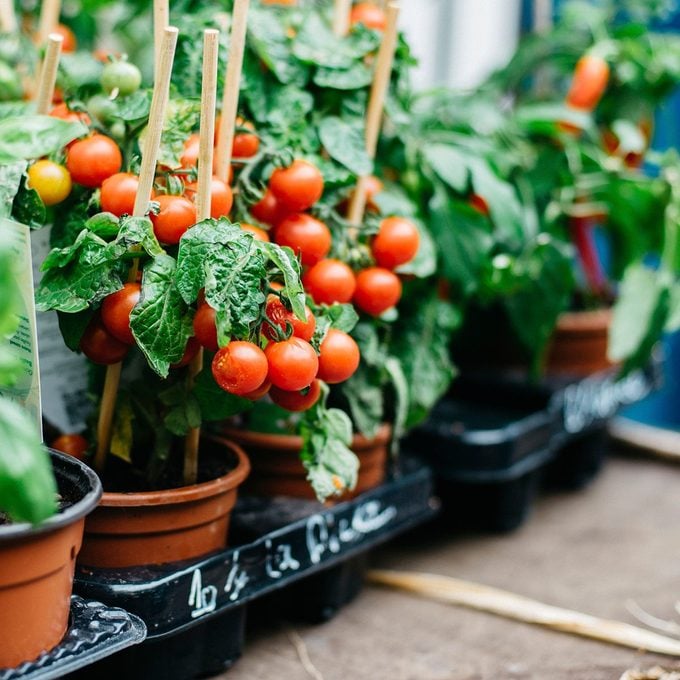
Cherry Tomatoes
Cherry tomatoes have a high yield, bearing long chains of delicious fruits. They’re also a cinch to grow, thriving in large containers or garden beds. Can’t-fail varieties include Black Cherry, Supersweet 100 and Sungold, which all yield a large crop of sweet fruit.
Growing Tip: Stake tall or indeterminate varieties of cherry tomatoes to keep plants off the ground and help prevent the spread of soil-borne diseases.
Not sure which tomato to add to your garden? You can’t go wrong with one of these top 10 tomatoes.
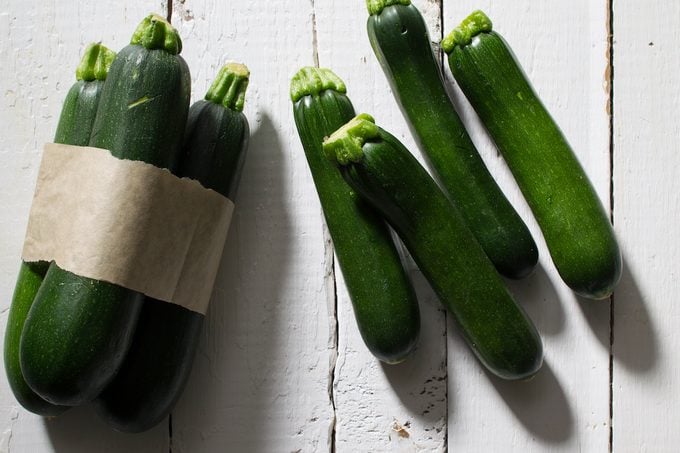
Zucchini
In terms of sheer production, it’s hard to top zucchini, a type of summer squash. One plant can pump out dozens of tender fruit during summer months. Zucchini come in a wealth of colors and shapes with varieties like Zephyr and Eight Ball. Whatever type you choose to grow, harvest young for optimum flavor and texture.
Growing Tip: Zucchini grows best in rich soil, so be sure to dig a few shovelfuls of compost before planting.
Here’s your ultimate guide to growing (and eating) zucchini.
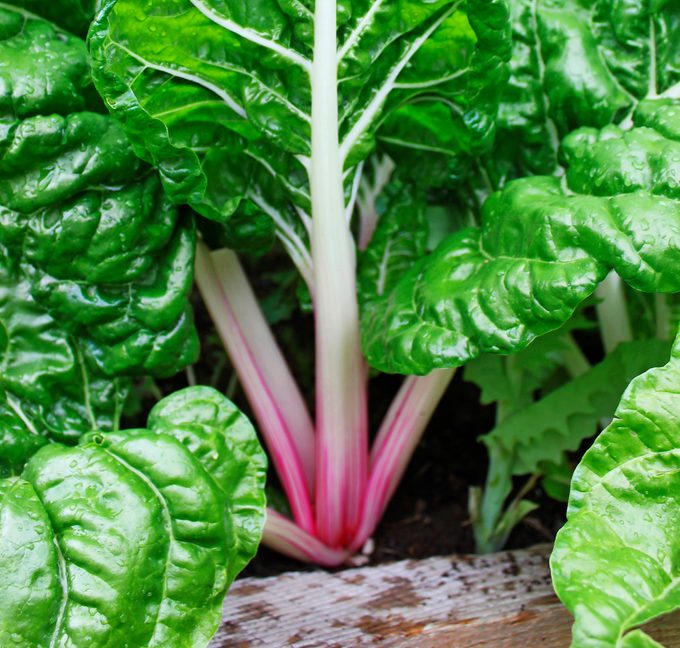
Swiss Chard
Swiss chard is ridiculously easy to grow, incredibly productive and extremely ornamental, making it a great choice for vegetable and flower gardens. For gardeners more interested in yield than beauty, stick to the prolific, but less showy, white-stemmed varieties like Fordhook Giant. Adventurous gardeners will be drawn to the hot hues of Bright Lights, Peppermint and Magenta Sunset.
Growing Tip: If you’re looking to pretty up your container garden area, you’ll definitely want to add chard. You can’t find a better, longer-lasting pop of edible color.
Psst—swiss chard is also one of the best vegetables to grow in spring for an early harvest.
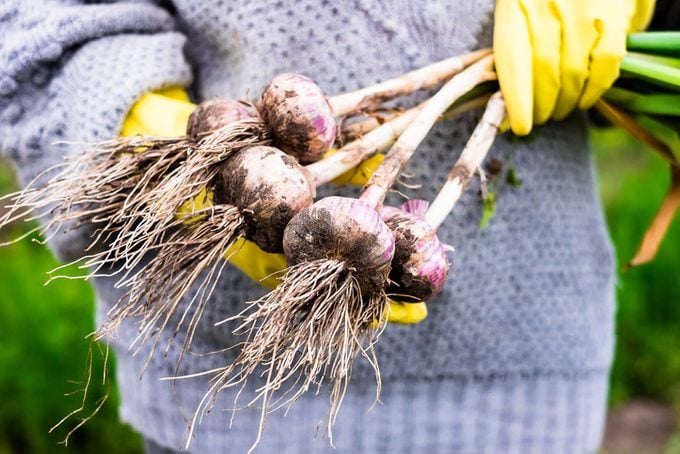
Garlic
If you want a low-maintenance choice in easy to grow vegetables, look no further than garlic, which practically grows itself! In cool climates, hardneck garlic is the best choice, while those with mild winters should grow softneck garlic. I plant about 500 cloves each autumn, harvesting a bounty of homegrown garlic the following summer.
Growing Tip: After planting, mulch your garlic bed with straw to prevent weeds and hold soil moisture.
Roses and garlic seem like an unconventional pairing—but give it a try!
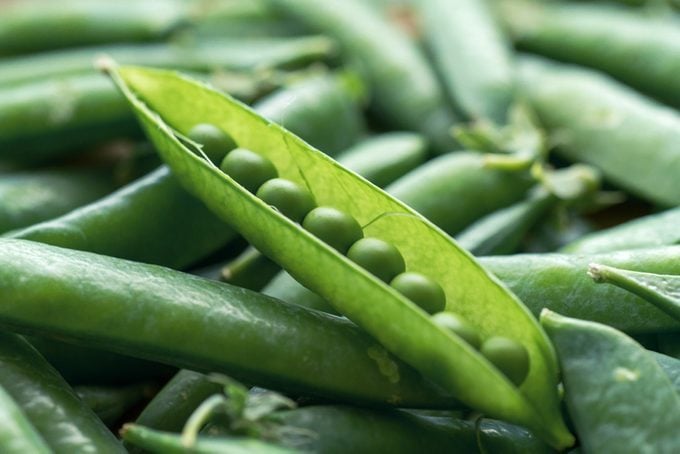
Peas
Homegrown peas rarely make it into our house. Instead, we tend to eat our peas straight off the vines, enjoying their crisp, sweet flavor in the middle of the garden. There are three main types of peas: shell, snow and snap. Depending on the variety, they can grow on plants as short as 1 foot or as tall as 6 feet. Peas enjoy the cool weather, so sow the seeds in early spring. Then plant again in summer for a fall harvest, too!
Growing Tip: Vining varieties must be staked, but even bush types appreciate some twigs or chicken wire for support.
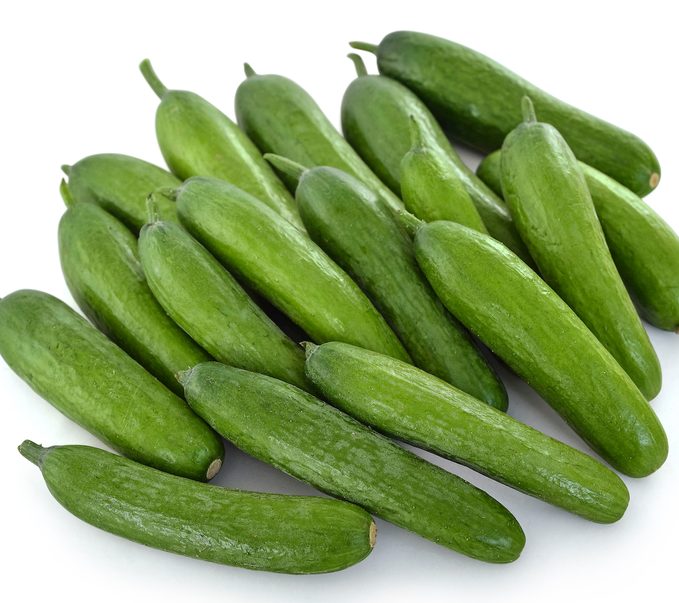
Cucumbers
Cucumbers are produced on either bush or vining plants. Bush varieties have tidy growth and you can easily pop them into containers. Meanwhile, vining types produce long plants that sprawl on the ground unless encouraged to climb a fence or trellis. My favorite cucumber is Lemon, a popular heirloom with delicious, yellow-green oval fruits.
Growing Tip: The secret to bitter-free cucumbers is to supply even moisture. If rain is scarce, water thoroughly, giving plants 1 inch of water per week.
After you’re done reading about these easy to grow vegetables, check out our guide to vegetable harvest times.
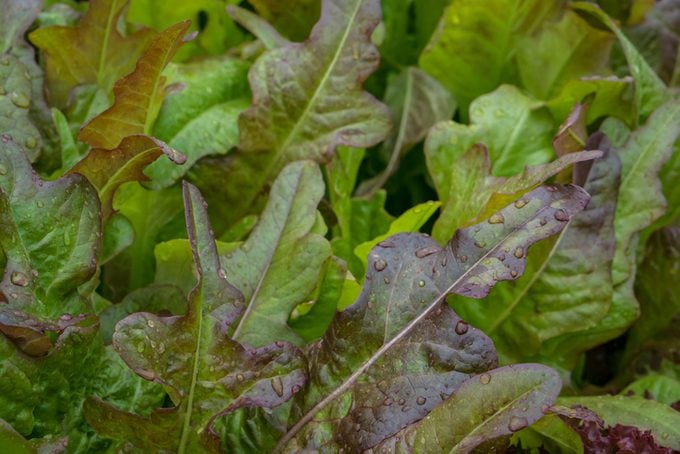
Lettuce
If you enjoy daily salads, growing your own will shave serious dollars off your grocery budget. Leaf lettuce is the easiest type of lettuce to grow, with varieties like Black Seeded Simpson, Red Sails and Red Salad Bowl—they’re all ready to harvest in just one month! Sow seed directly in pots or the garden beginning in early spring.
Growing Tip: Start harvesting when the plants are about 3 to 4 inches tall, removing the outer leaves and allowing the inner heart of the plant to keep growing.
Did you know? Lettuce grows well in shade, and so do these other shade-loving vegetables.
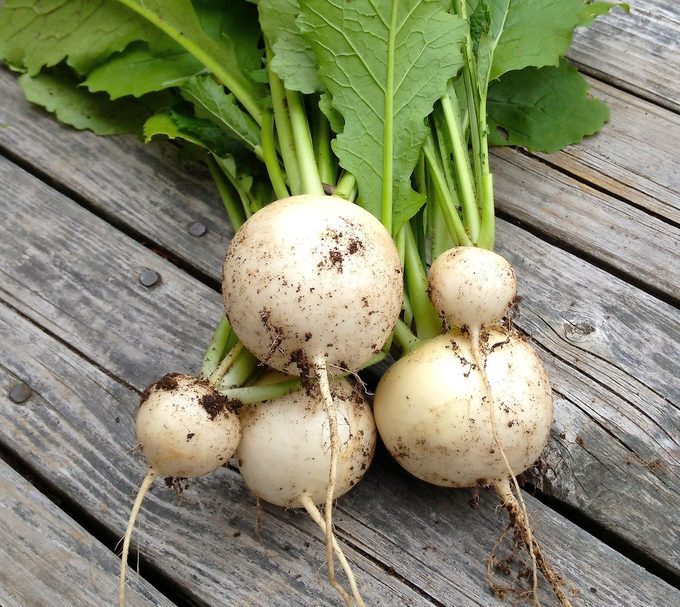
Japanese Turnips
A farmer’s market favorite, Japanese turnips like Hakurei and Mikado are super speedy vegetables, ready to pull just five weeks from seeding. They also offer a double harvest with their crisp roots and tasty greens. Japanese turnips love the cool weather of spring and autumn, so start sowing in mid-spring and then plant again in late summer.
Growing Tip: Because turnips grow so quickly, plant seed between slower growing crops, like tomatoes.
Learn how to store vegetables so they stay fresh longer.
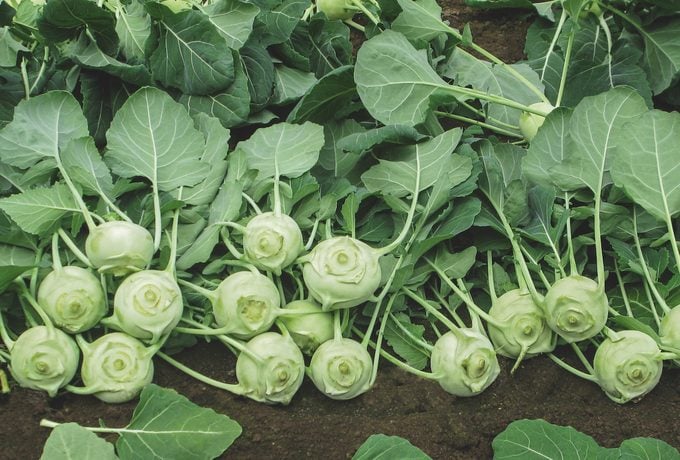
More Easy Vegetables to Grow
- Kohlrabi. Once you’ve grown this under appreciated member of the cabbage family, you won’t want to be without it. Depending on the variety, the odd, rounded stems will be soft green or bright purple. You can enjoy them raw or cooked.
- Celeriac. Also known as celery root, celeriac is a celery cousin that forms a large, knobby root. Use it as a celery substitute in soups, stews and on veggie trays.
- Quinoa greens. Typically, quinoa is grown for its edible seeds, but did you know the young plants can also be harvested as a nutritious green? Enjoy them as you would spinach.
- Dinosaur kale. This trendy heirloom kale, also known as lacinato kale, is tasty and beautiful with blue-green, puckered leaves and a mature form that resembles a palm tree!
Next, check out the top 10 perennial vegetables that grow back each year.




















